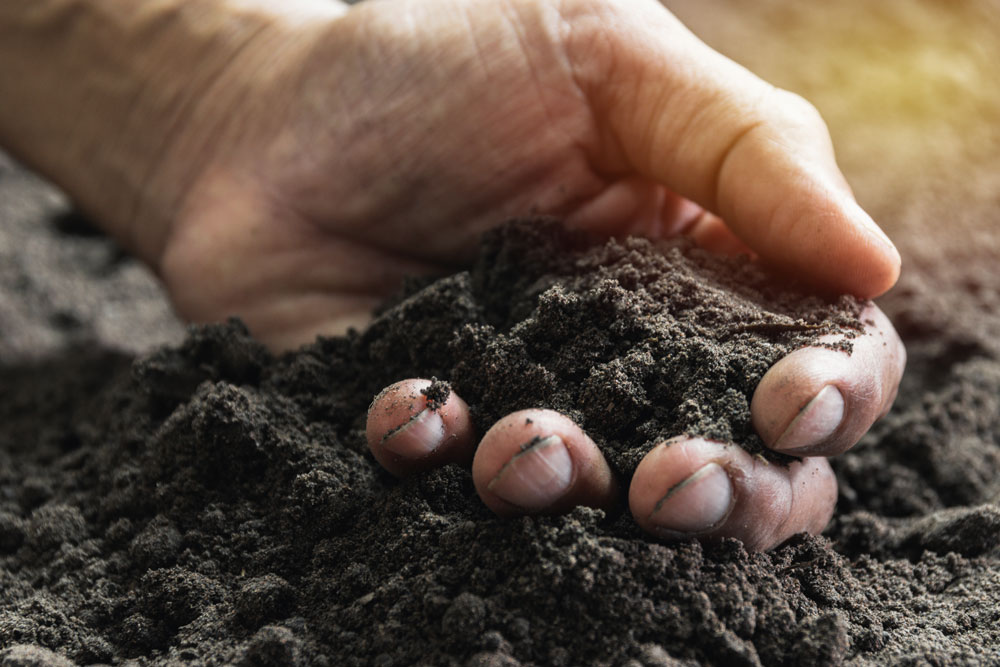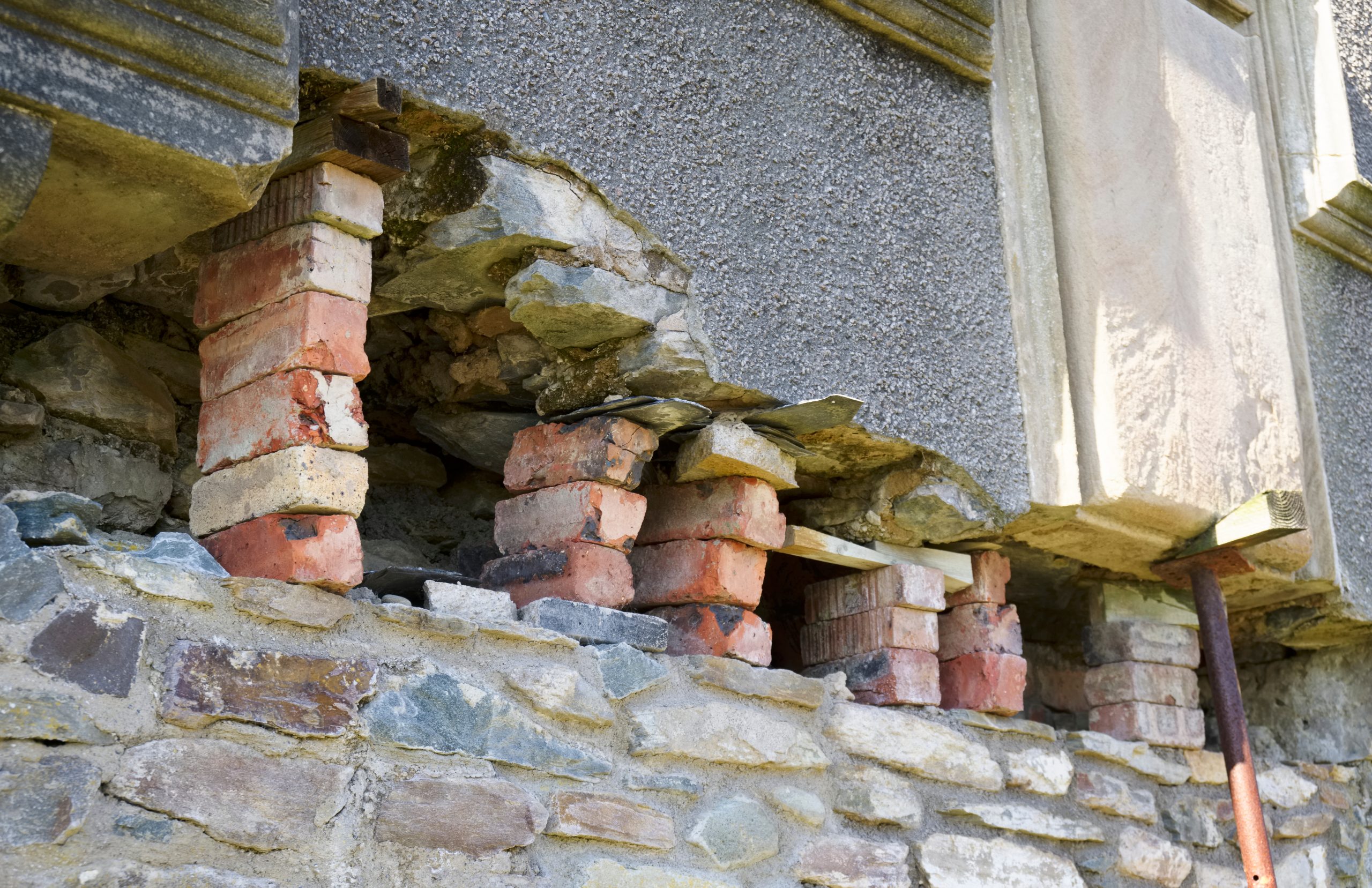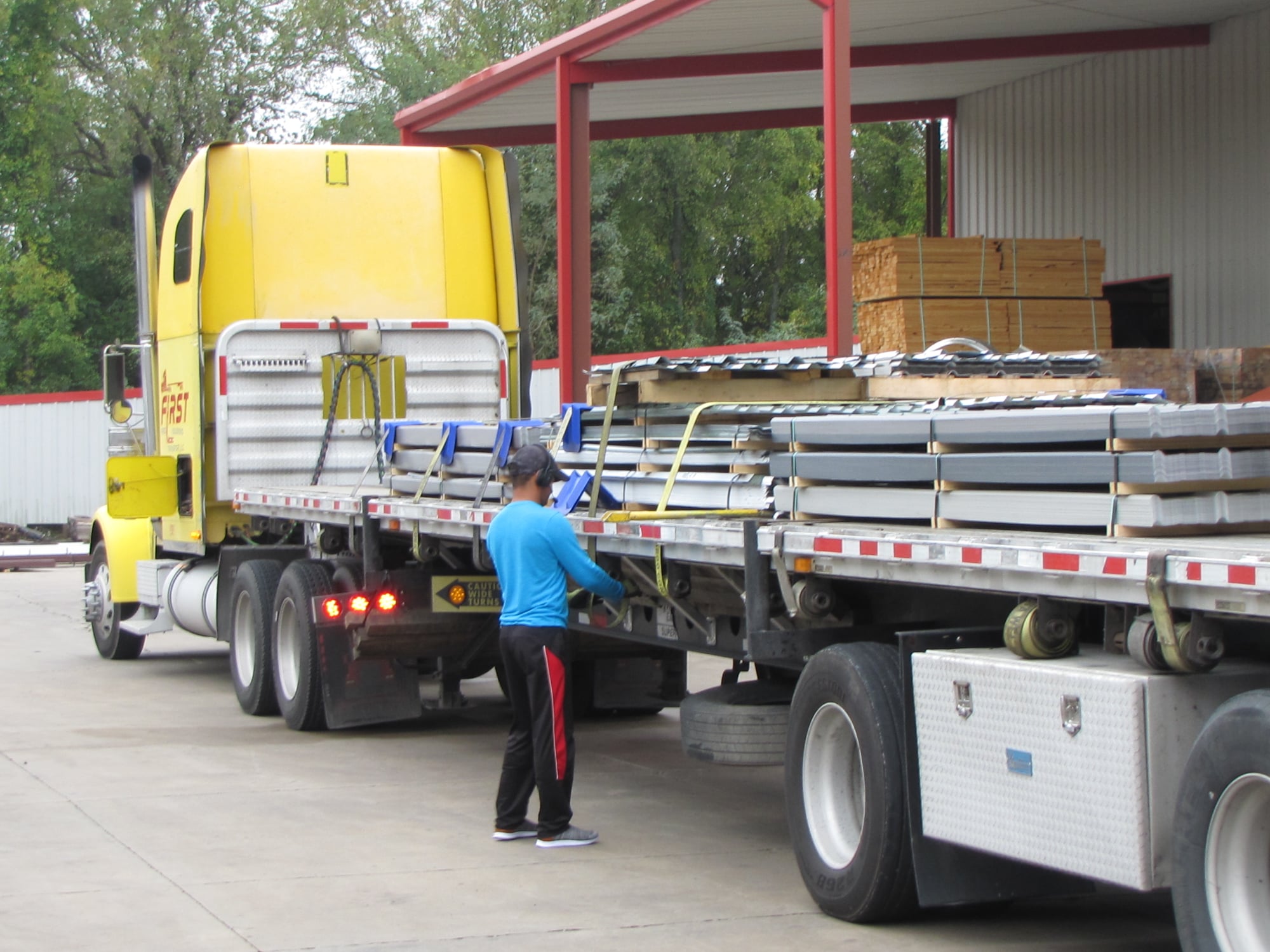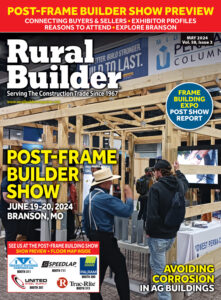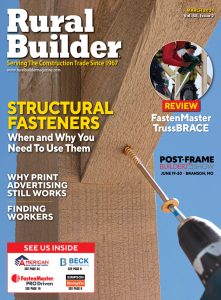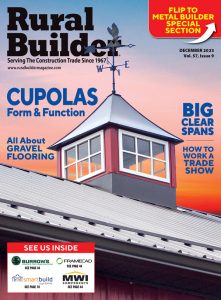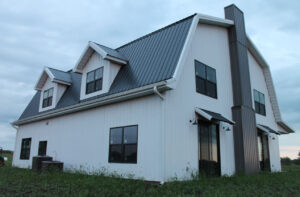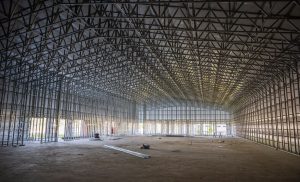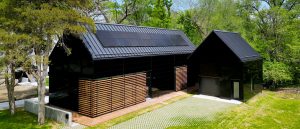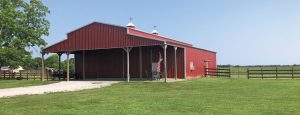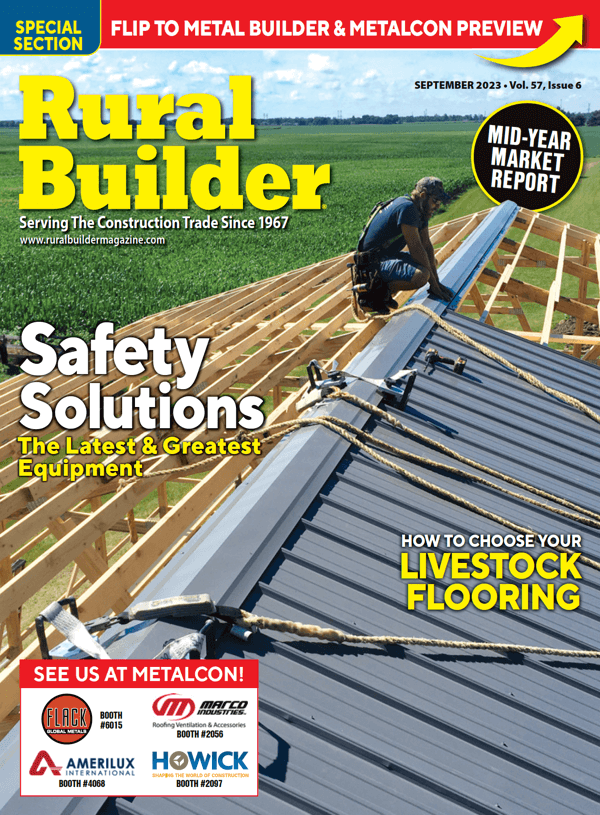By Jacob Prater
Foundations are probably the most important part of our buildings. We certainly don’t want them to shift, settle, or move in any way as this could lead to issues elsewhere in the building. Knowing a bit about your soil and its properties can go a long way to ensuring a strong foundation even when a site investigation isn’t required.
Obviously if the building is large enough or the construction type warrants it, you may need someone to come in and take some physical measurements to determine what needs to be done on the site and what type of foundation is required. Outside of that, a little savvy can help make things work better and avoid future problems.
Texture and Mineralogy
Soil composition involves a few different factors. First there is the soil’s texture, a property related to the distribution of particle sizes, and then there is the mineralogy of the soil clays. Both of these things together can give you a really good idea how that soil will behave. In addition to this, you want to avoid having much if any organic matter in the soil for construction purposes.
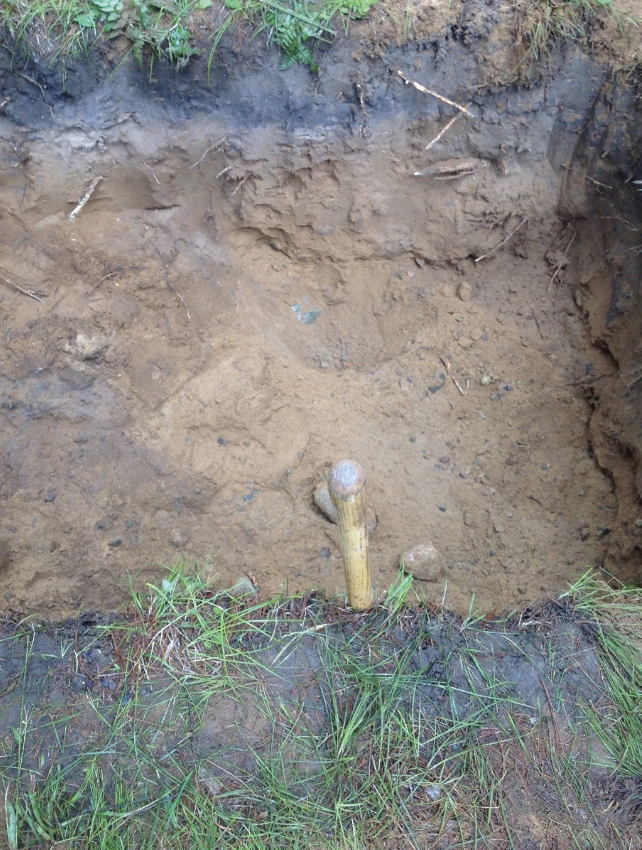
The USDA defines soil texture as the proportion of sand, silt, and clay by mass. In an effort to simplify, they further characterize the soil by textural class based on texture as it affects performance and various other properties. There are a few different textural classification schemes that differ slightly on where the boundaries between particle sizes are as well as potentially subdividing sand into subcategories.
Learning From the Texture
A few things about a soil’s behavior can be determined or at least estimated just from that soil’s texture. And, what’s more, a trained hand can give you textural class in just a couple of minutes based on how well a moistened soil forms a ball, a ribbon, and the grittiness and smoothness of that same soil when excessively wetted (see the flow chart).
A soil’s texture by itself can give you a pretty good idea of how that soil will behave under load. Sand by itself is not very stable under load and can shift. It is an exaggeration, but sand particles are roughly spherical and sort of like glass (they are mostly quartz), so it’s a bit like a stack of marbles and you don’t really want to build on that.
Silt is similar although much smaller in size and strangely can be quite stable even with steep exposed edges, though it doesn’t compact well. Clay is very sticky and extremely small in size but tends to be easily moldable when wet. The story here is that each of these by themselves are substandard when it comes to creating a stable foundation, but a combination is an entirely different story.
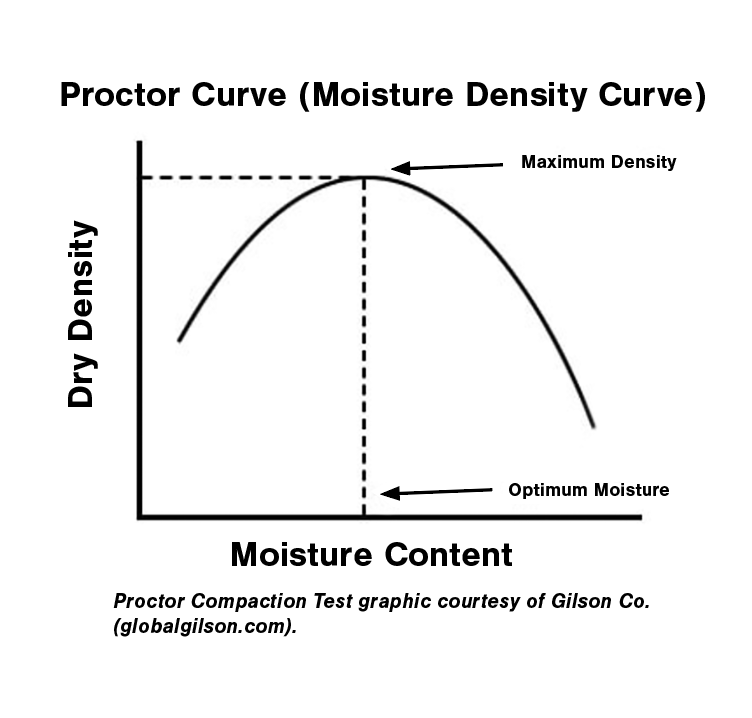
From a physical standpoint, the arrangement of particles within and around each other can approach a tighter packing arrangement with a mixture of sand, silt, and clay. Basically, the smaller particles can fill the spaces between the larger particles, creating more load-bearing points and greater friction within the material. Simultaneously, the clay acts to stick all the other particles together into a bigger unit when compacted. As a result, the loams (sandy loam, silt loam, and loam) and clay loams (sandy clay loam, silty clay loam, and clay loam) are the ideal textural classes for creating strong compacted foundations. To get an idea of where these textural classes fall in terms of sand silt and clay percentages, take a look at the textural triangle.
Clay and its Properties
Another consideration is the clay mineral type in your soil. Different clay minerals respond differently to wetting and drying. Some minerals will expand and contract to a large degree and others are quite stable. Obviously the more stable the clay the better, and if there is some shrinking and swelling clay in your soil, then less of it is going to make the soil more stable. The common measurement for shrinking and swelling is called the Coefficient of Linear Extensibility and the measurement is a comparison of the difference between the wetted expanded length and the dry shrunken length to the wetted expanded length of a soil column. Some places in the U.S. do not have much to worry about with this issue and a quick look at a map can help.
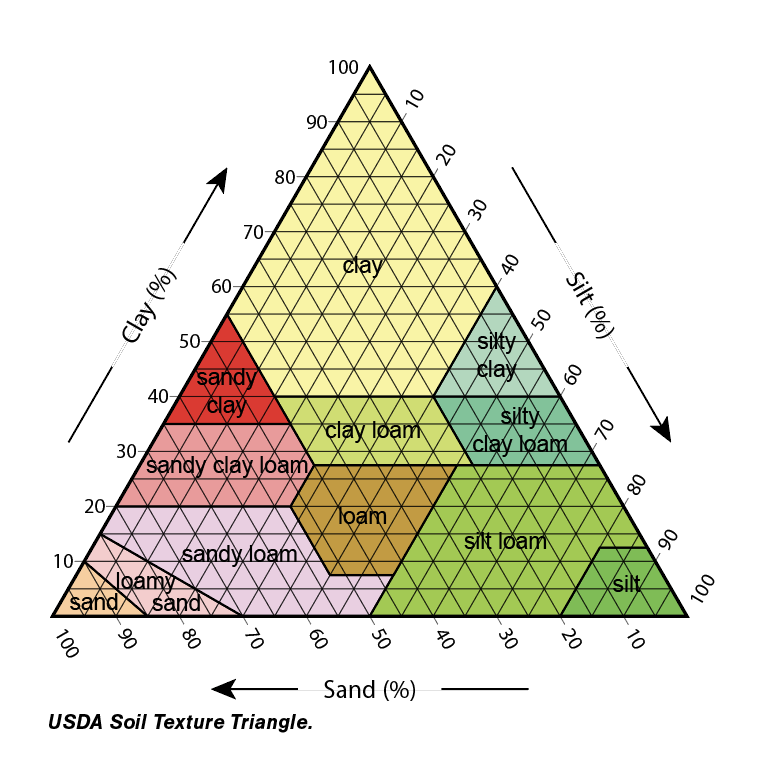
Soil texture and clay mineralogy along with many different interpretations are publicly available at the USDA’s website “Web Soil Survey” (websoilsurvey.nrcs.usda.gov/app/). This site can help you with some initial investigations about all things soil. It works especially well in rural environments where there hasn’t been much previous disturbance or construction.
Bulk Density
Beyond the basic and rather unchanging properties of soil texture and clay mineralogy, a soil’s bulk density is likely the next most important soil property when it comes to foundations. And it is something that you can change. The numerous types of foundations that can be constructed to support buildings all rely on the soil being firm enough to bear the applied pressure or load of the building. The key to a soil being able to handle the load is its bulk density.
In short, the soil bulk density is the mass per unit volume of soil, and as this property gets larger in value, the soil is becoming more compact with fewer pore spaces to contain water or air. The higher the bulk density the stronger the soil will be, all other things considered.
Compacting FilL
If you need to use fill, then compacting it in place is definitely going to be in order. To do this you will need some water, a load of some kind (dozer or other heavy equipment), and patience. Soil doesn’t compact well when dry, but too much water will be a problem as well. A little bit of water will allow soil particles to slip and slide a bit more, thus lubricating their movement as you compress the soil. Too much water and you will squish out the air only to find the water incompressible and supporting some of the load you apply. This will mean that when that soil dries out, it won’t be as compact and will potentially shift on you.
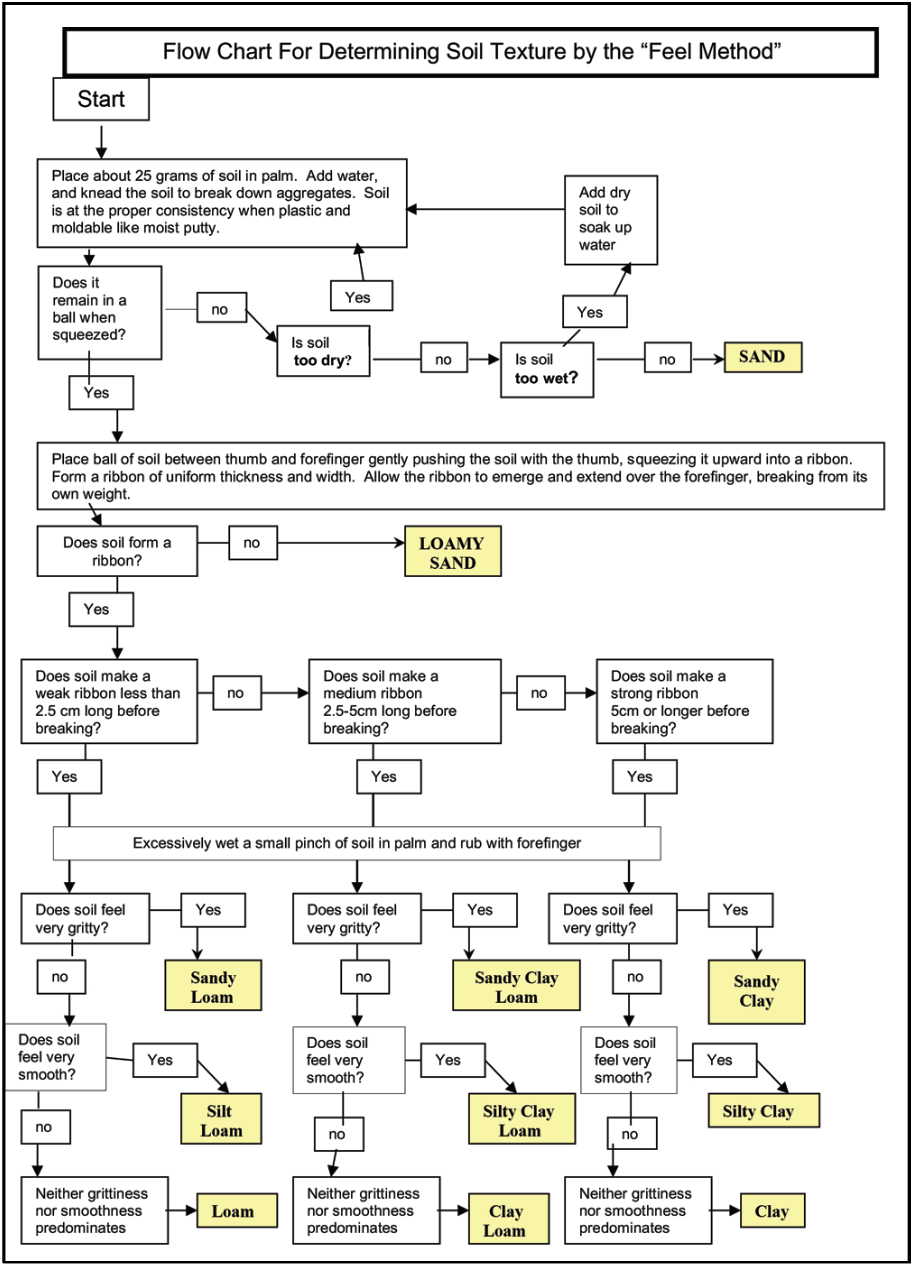
A common measurement performed to determine the right amount of water to use for a particular soil is the Proctor Density (or Modified Proctor) measurement. This measurement uses a load approximating that which you will apply with your equipment with different starting moisture contents to determine the optimal soil moisture for your soil to achieve the highest possible bulk density and level of compaction. The patience part comes in to play because soil does not compact well when it is in a thick layer, so you are going to be spreading, most likely, 6-inch layers of soil and compacting them one on top of another to achieve a nice firm fill layer to build on.
All in all, a quick investigation and a little knowledge can help you improve the function of the foundations that you install. And it might even open your eyes to more than you might consider with expanding your soil knowledge. A quick primer on soil color could help you identify the depth of seasonal water tables to help you avoid seasonal flooding issues in basements or partially below grade structures. RB


